The Innova is the undisputed king of the MPV segment. But with the Hycross, Toyota has changed everything you know about the Innova. The question is – do the changes work, or has Toyota gone too far?
The Toyota Innova has been the undisputed champion of the Indian MPV segment for nearly 20 years. It’s one of the few vehicles in India that caters to all kinds of buyers – buyers of personal vehicles, commercial fleet operators, and those who like to travel long distances – and they all swear by it. And there is a multitude of reasons behind its success. As a Toyota, the Innova is dead-reliable and relatively cheap to maintain. Plus, it scores very high in terms of practicality. But everything that defines the Innova, including its ladder-frame chassis and diesel engines, has been changed in the Hycross. The question, then, is – will changes of this magnitude deter potential buyers?
Also Read: Toyota Innova Hycross Launched in India at Rs 18.30 Lakh
Quite a Looker
In terms of design, I think the Hycross is one of those vehicles to which pictures don’t do justice. Up close, the Hycross looks much more like an SUV than an MPV, and trust me when say this – it looks really good in the flesh and exudes loads of road presence. Every aspect of it – from the big grille up front and the tasteful use of chrome to the large headlights and taillights – has been designed very well and comes together to offer it an excellent stance. There are ‘Hybrid’ badges all around, which tell you all you need to know about what powers the Hycross. But if there was one aspect of the Hycross’ design that could have been better, it would be the wheel arches, which are so large that they even make the beautiful 18-inch wheels look a bit small.
Now, if you think that the exterior has undergone a lot of changes, wait till you enter the vehicle, for the interior has received an even bigger upgrade. In the top-of-the-line ZX trim – the one we tested – the interior gets dark tan leather upholstery, while the rest of the cabin, including the dashboard, has a two-tone finish. But what’s even more impressive is that the Hycross’ list of features has significantly increased – it now even gets a panoramic sunroof. In fact, it’s the first Toyota to truly embrace new features and get Wireless Apple CarPlay. Other features include three-zone air conditioning, a 9-speaker JBL sound system with a subwoofer, and lots of connectivity features to keep track of your car. Additionally, the seats, with a quilted pattern, look terrific and are quite comfortable in all rows – the Hycross even gets ventilated seats for the driver and front passenger.
In terms of safety, the Hycross is equipped with Toyota Safety Sense, offering lane keeping-assist, blind spot monitor, pre-collision warning, and dynamic radar cruise control, which works very well on the road – in fact, it was a delight to use during the test. When it senses a slower car at the front, it automatically brakes in a linear manner and, then, accelerates again to your chosen speed when the road ahead is empty.
Given that the Hycross has a monocoque construction, getting in and out of it has become much easier than before. The NVH levels, too, have improved drastically. In terms of practicality, the Hycross doesn’t have much boot space when all three rows are in use; however, with only two rows in use, the boot has more than enough space. The electric tailgate also adds to the practicality bit, and interestingly, the third row is actually comfortable enough for two full-size adults.
Also Read: Toyota Innova Crysta CNG likely to come soon!
Radical Change
Of course, the design is just one aspect of the changes that the Hycross brings to the table. I think the monocoque construction has completely changed the whole idea of what the Innova used to be. And the current powertrain options further add to that. The Hycross is available with only two petrol engine options – there is no diesel option, nor there is a plan for one, for now. The standard engine is a 2.0-litre non-hybrid unit, which is paired with a CVT. But that’s not the real game changer, for that credit goes to Toyota’s 5th generation TNGA 2.0-litre Hybrid powerplant, which comes mated to an e-CVT automatic gearbox.
So, does the Hybrid match the low running cost of a diesel unit? Oh, yes! I drove the Hybrid version in a mix of city and highway traffic, and I was able to get a fuel efficiency figure of around 16 – 17km/l – Toyota claims the official efficiency figure to be 21km/l.
In fact, with the newfound power of the Hybrid powertrain – 184bhp and 188Nm of torque from the engine and 206Nm from the motor (Toyota doesn’t reveal the total torque output) – the Hycross feels unlike any other Innova that you ever drove before. Sure, the typical rubber-band effect of the CVT is there to an extent, but the Hycross accelerates with a purpose and is always eager to gain speed. In fact, 0 – 100km/h comes up on the speedo in about nine-odd seconds. What is more impressive is the EV mode the Hycross uses at low speeds and when cruising, and its transition between it and the engine is seamless.
Another advantage of the monocoque construction is that the Hycross now has much better ride quality and handling – it has also shed some weight. Not only does it offer excellent high-speed stability but also very good ride comfort. Some people, however, might think it’s a tad stiff on really bad roads. That said, given its powerful engine, fantastic driving manners, excellent visibility, and large glasshouse, the Hycross is nothing short of a revelation.
Let me put it another way – earlier, I wouldn’t have been too enthusiastic to drive an Innova or even a Crysta, for I would have preferred being chauffeured in it than driving it myself. But the Hycross has changed that for me – I would happily drive it every day (just in case Toyota folks are listening)! Now, I am not saying this just because of its excellent driving experience but because of the whole package. Whether it’s the NVH levels, interior space, amazing middle row seats – which are power adjustable and feature an ottoman style folding leg rest – design, feature list, or the low running cost, the Hycross simply ticks all the right boxes.
The Knockout Blow!
Given everything that Toyota has done to transform the Innova into the Hycross, I was sceptical about one thing – its price. I had my suspicion that it was going to be super expensive. Here is a brand-new product on a new platform, featuring cutting-edge hybrid technology, and never-before-seen features on mass-market Toyota cars in India – I mean there was no reason for it to not be expensive. Little did I know that I was in for a surprise, for the Hycross is fantastically priced – it starts at ₹18.3 lakh and goes up to ₹28.97 lakh. Among all the available trim options, I think that the VX Hybrid with the seven-seat option offers the most value for money. Sure, it misses out on a few features, but it gets the most important ones. Plus, it will also be incredibly cheap in terms of fuel costs. True, the fully loaded ZX has a lot going for it, but if you’re on a budget, the VX will do the job.
Frankly, it wouldn’t be the least bit surprising to see incredibly long waiting lists for the Hycross, as Toyota has literally hit the ball out of the park and has created yet another sales hit.

- Toyota Innova Hycross 2.0 Hybrid
Engine: 1,987cc / 4-Cylinder / DOHC
Fuel: Petrol
Transmission: eCVT / Front-Wheel Drive
Battery: 168-Cell Nickel Metal Hydride
Power: 184bhp @ 3,800rpm
Engine Torque: 188Nm @ 1,600 – 2,600rpm
Motor Torque: 206Nm
Price: ₹24.01 – 28.97 Lakh (Ex-Showroom)
X-Factor: With new hybrid tech, a slew of features and a monocoque chassis, the Hycross is all set to dominate the MUV segment yet again!
| Pros | Cons |



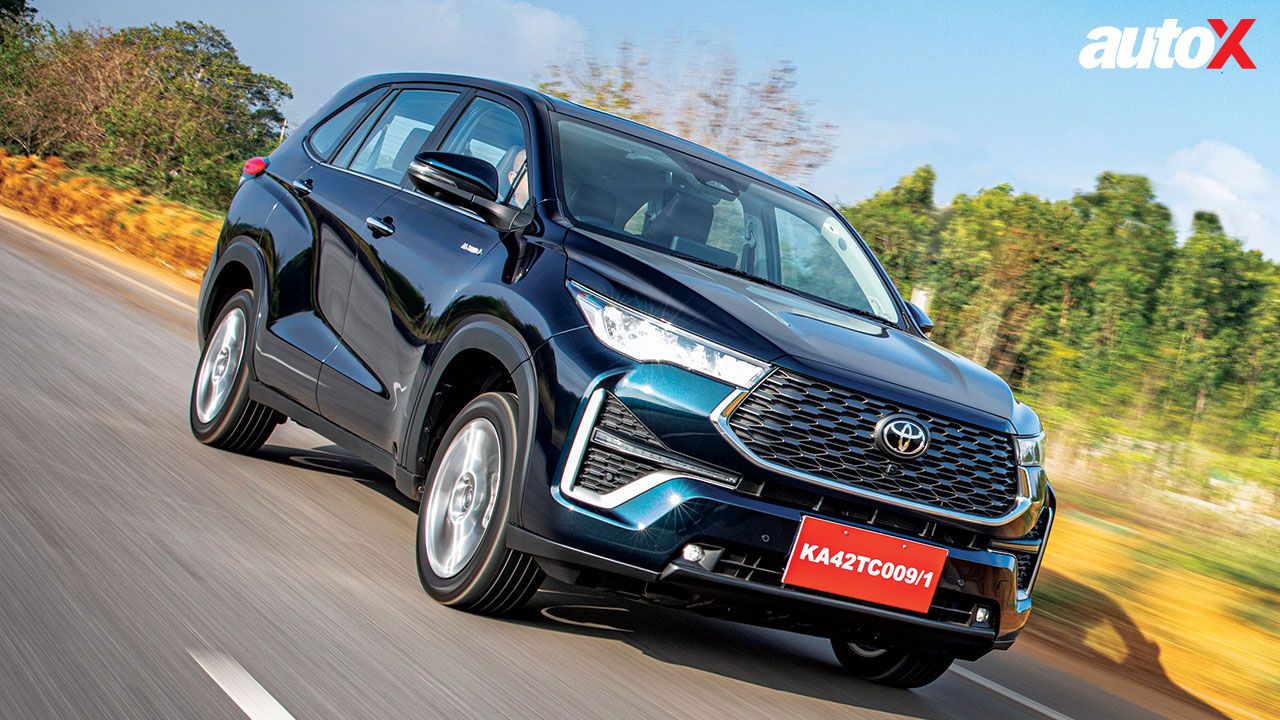
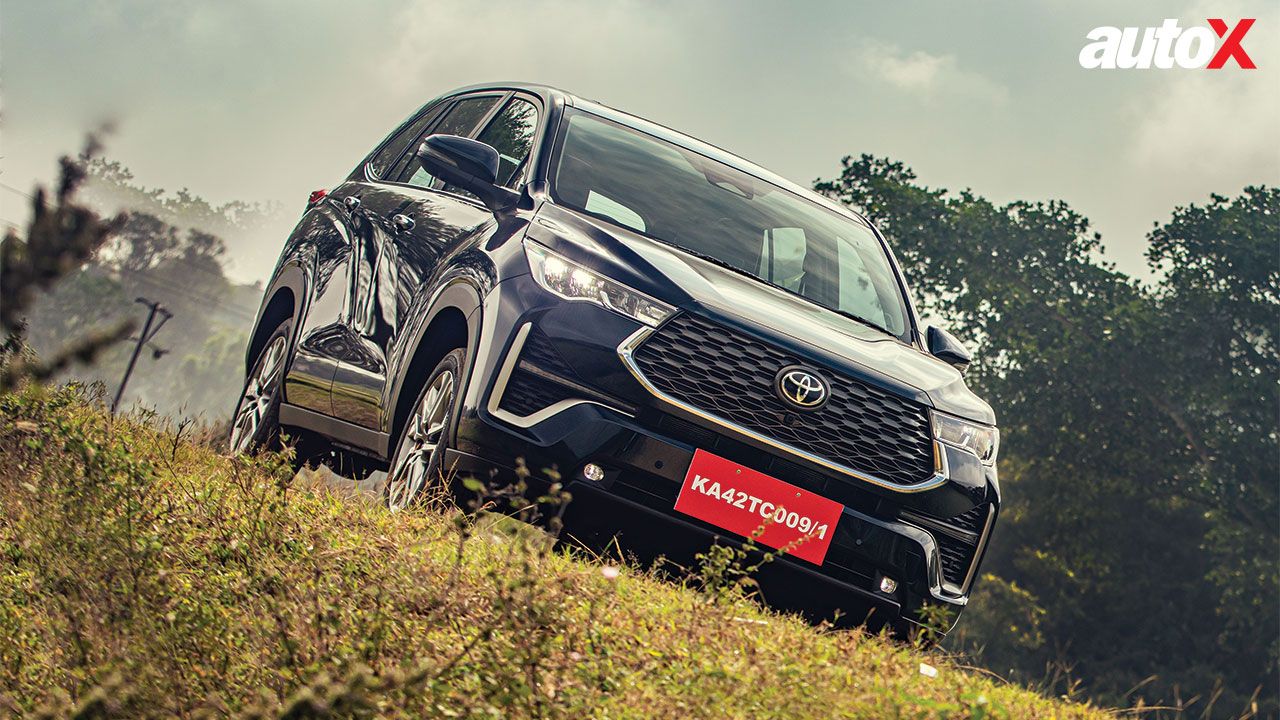


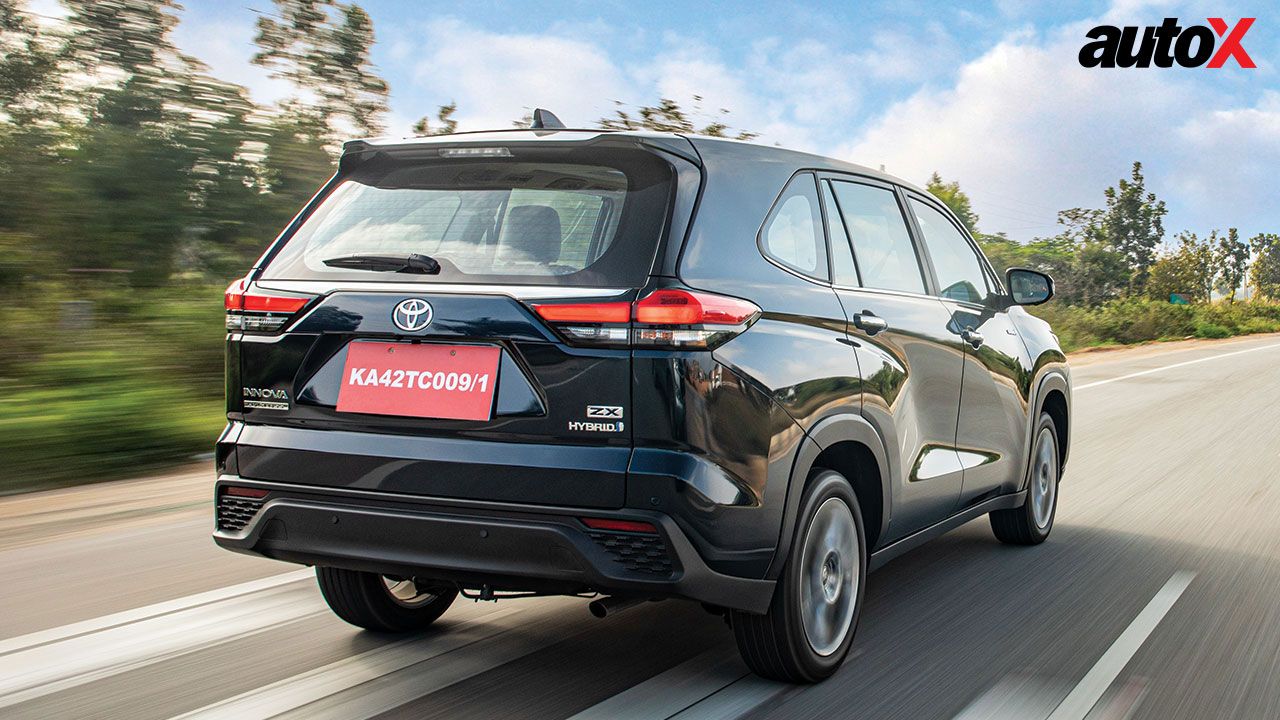
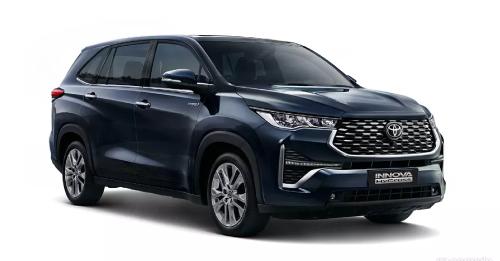

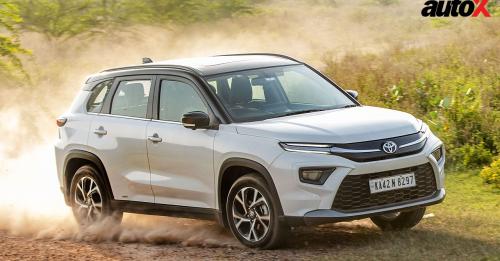


















Write your Comment